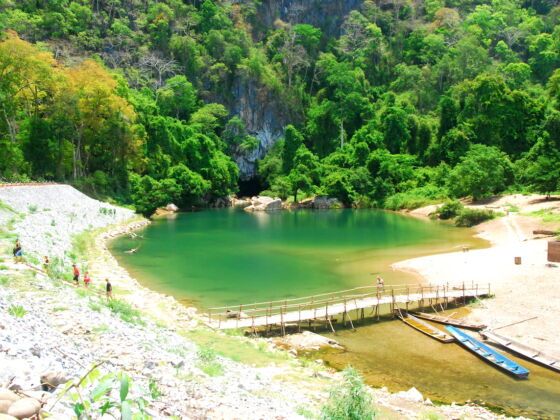THE MAN HOLDS my open palm in his. In it, he places a small clump of sticky rice and pork. He raises his right hand to his face, murmurs blessings in a language I don’t understand. He waves a piece of string, then ties it around my wrist.
“He wishes you good health, good luck,” Pauline translates.
